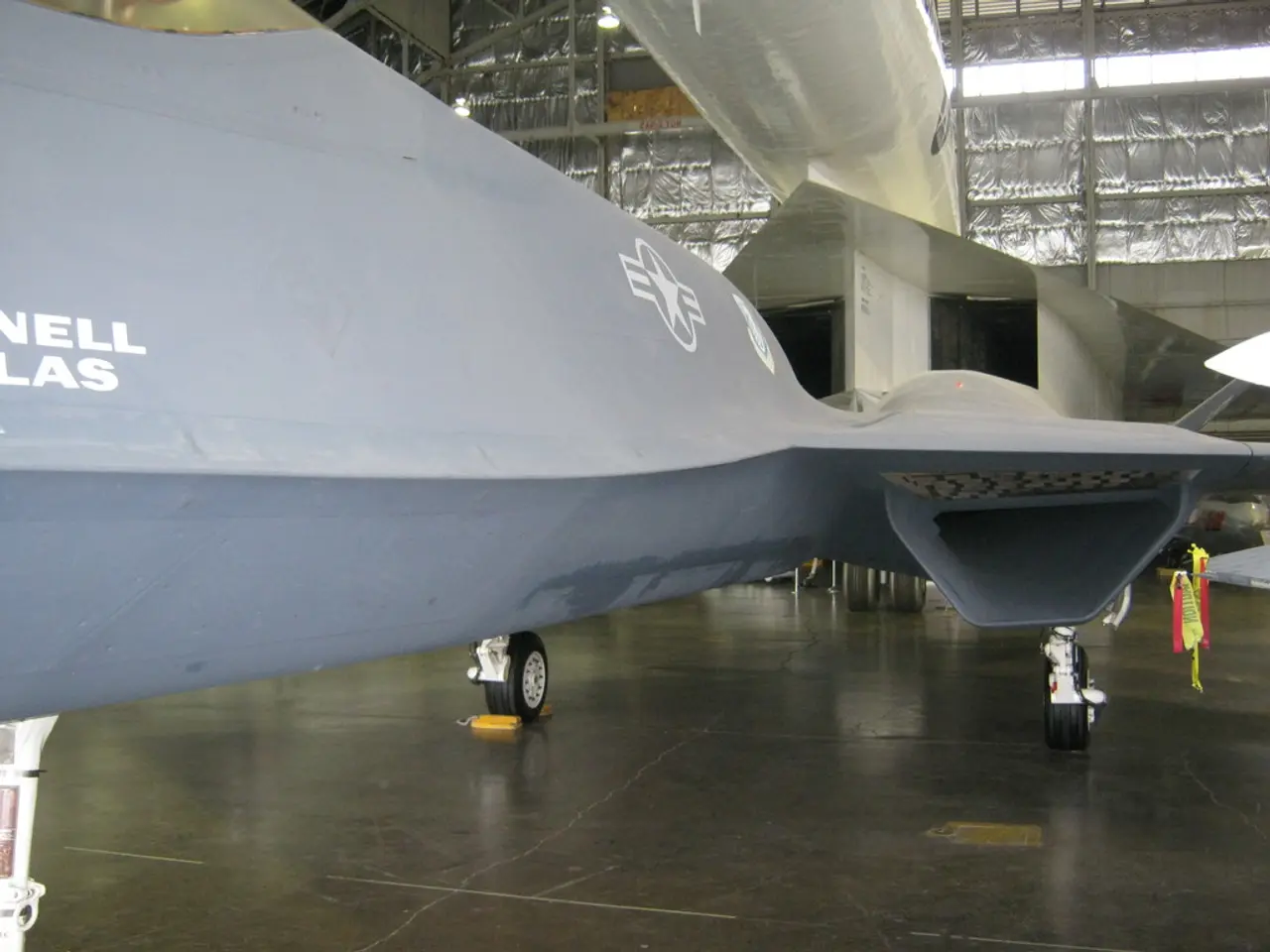Machine Learning Comparison with Deep Learning
In the rapidly evolving digital landscape, businesses are constantly seeking ways to enhance their apps with advanced technologies. One such technology is Machine Learning (ML) and Deep Learning (DL), both of which can significantly improve the functionality and user experience of apps.
The primary difference between ML and DL lies in their learning capabilities, data requirements, and applications.
Machine Learning (ML) typically requires feature engineering, a process where humans define the important features from structured data for the model to learn. It learns from data but often relies on human guidance to select and process features. On the other hand, Deep Learning (DL) automates feature extraction by using multiple layers of artificial neural networks that simulate the human brain's processing. This allows DL to learn features automatically from raw, often unstructured data without explicit human intervention, enabling it to identify more complex hidden patterns.
When it comes to data requirements, ML works well with smaller and structured datasets, handling moderate amounts of data without requiring massive computational resources. In contrast, DL requires much larger volumes of data, especially when dealing with unstructured data like images, text, or videos. It also demands powerful hardware such as GPUs or TPUs due to its computational intensity.
In terms of applications, ML is best suited to applications involving structured data such as credit scoring, sales forecasting, fraud detection, product recommendations, and stock price prediction. DL, however, excels in complex tasks involving unstructured data, including natural language processing tasks like chatbots, language translation, and sentiment analysis, computer vision tasks such as autonomous driving, medical imaging, and defect detection, cybersecurity for real-time anomaly detection, and financial services like algorithmic trading.
In essence, deep learning is an advanced, more autonomous form of machine learning that can handle more complex and unstructured data with greater computational resources, enabling it to tackle sophisticated problems beyond the reach of traditional machine learning.
It's important to note that AI is currently at the level of Artificial Narrow Intelligence (ANI), unable to implement Artificial General Intelligence (AGI). However, the future of AI is closely tied to Deep Learning, and it is expected that AI and Deep Learning will be intertwined for years to come.
When deciding which technology to use, the nature of the problem and the resources available should be considered. For problems with lower complexity and where human interaction occurs, Machine Learning may be more suitable. On the other hand, for data-intensive problems with high levels of complexity, Deep Learning is more suitable.
In conclusion, businesses can benefit from implementing Machine Learning and Deep Learning features into their apps with the help of expert development teams. Understanding the differences between Deep Learning and Machine Learning can be helpful when deciding which technology to use for implementing data-intensive features in an app.
In the realm of app development, Machine Learning (ML) and Deep Learning (DL), two advanced technologies, can be utilized to improve functionalities and user experiences. While ML typically requires feature engineering and relies on human guidance for structured data sets, DL automates feature extraction through the use of artificial neural networks, especially for unstructured data.
When considering the appropriate technology, these differences should be taken into account. For instance, ML is ideal for applications with lower complexity, like credit scoring and product recommendations, while DL excels in data-intensive tasks involving unstructured data, such as natural language processing, computer vision, and autonomous driving.
Lastly, the integration of AI, particularly Deep Learning, into mobile apps has the potential to revolutionize various industries, from healthcare to finance, making it an essential part of future mobile development endeavors.




